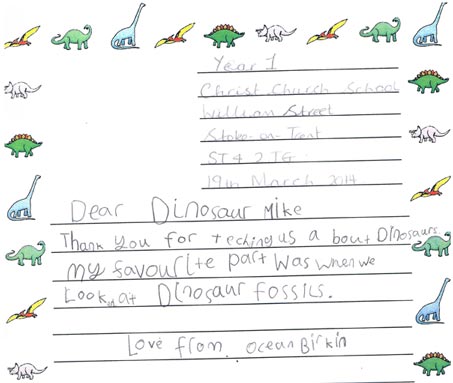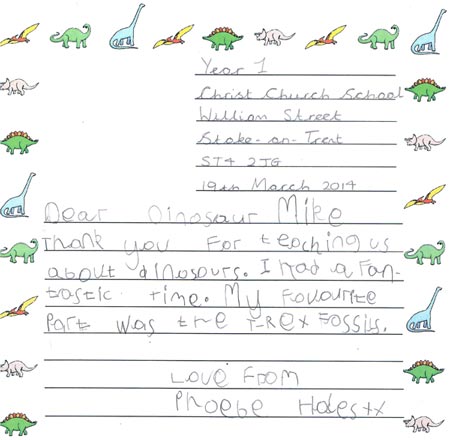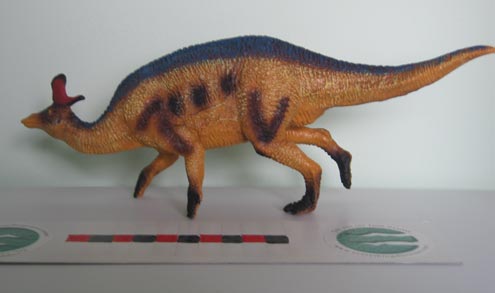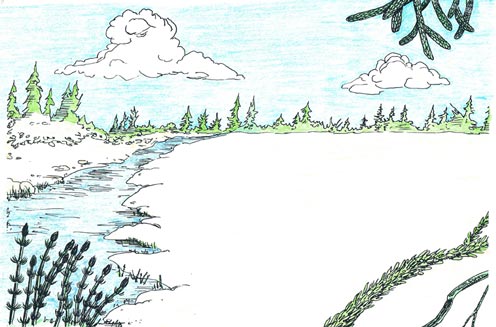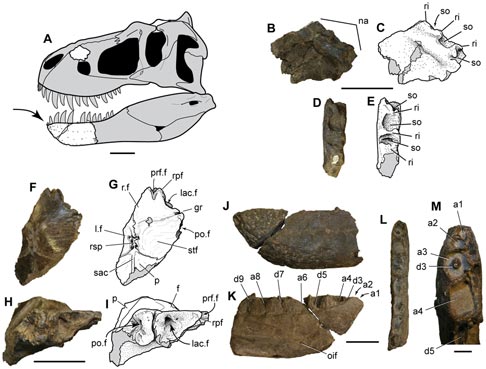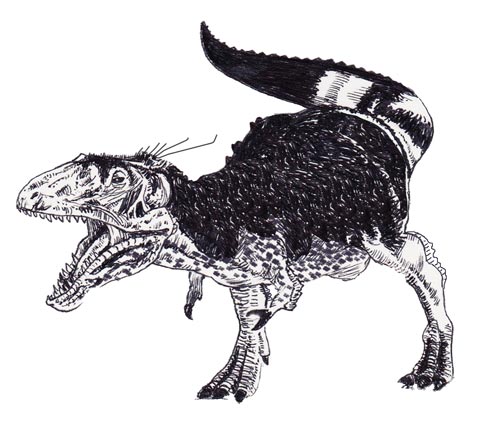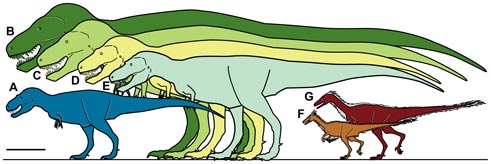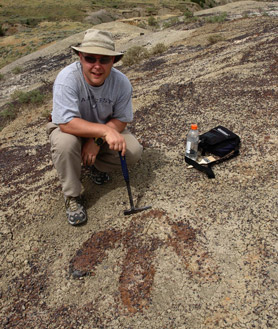The World’s Most Northerly Dinosaurs Identified in New Study
Duck-Billed Dinosaur Bone from Axel Heiberg Island
Much has been discovered about the northern ranges of Late Cretaceous dinosaurs over the last two decades or so. Palaeontologists now recognise that during the last few million years of the Cretaceous geological period a number of different dinosaur genera adapted to living at high latitudes, year round residents of territory which today is well within the Arctic Circle. There have been a number of important fossils finds at locations such as those from the Prince Creek Formation (North Slope Borough, Alaska), only recently a new genus of pygmy tyrannosaur was scientifically described – Nanuqsaurus hoglundi.
Northerly Dinosaurs
To read more about this new tyrannosaur: The “Polar Bear” Tyrannosaur.
Although the climate was much milder, the weather at these very high latitudes would have been seasonally extreme. There would have been long periods of total darkness with the sun never ascending over the horizon with snow falls and temperatures close to or below freezing for prolonged periods. In the summer, the high latitude would have have guaranteed twenty-fours of daylight for a number of weeks and the overall climate, based on studies of plant fossils and pollen suggests an environment similar to the state of Oregon in the United States or perhaps British Columbia (Canada).
Prince Creek Formation
The fossils found in the Prince Creek Formation are certainly important, but they do not represent the most northern dinosaur discovery to date. That honours goes to a single, fossil bone found during a geological survey of the remote Axel Heiberg Island in 1992. Axel Heiberg Island is seventy-nine degrees north and is one of the larger islands of the Canadian Arctic Archipelago. It is uninhabited, although some research teams set up seasonal summer camps.
The highly abraided dinosaur bone was determined as being a hadrosaurine veretebra (back bone), although the genus remains uncertain. It was found in the Kanguk Formation which consists of marine strata laid down during the Late Cretaceous. A number of other vertebrate fossils have also been found but to date only one dinosaur bone. It is likely that this fossil was deposited during the Campanian faunal stage of the Late Cretaceous (around 83 – 74 million years ago).
The Canadian Arctic During the Campanian
During the Campanian, the eastern Canadian Arctic was likely isolated both from western North America by the Western Interior Seaway and from more southern regions of eastern North America by the Hudson Seaway. This fossil suggests that large-bodied hadrosaurid dinosaurs may have inhabited a substantial polar insular landmass during the Late Cretaceous, where they would have lived year-round. Being effectively marooned on the land mass, these dinosaurs were unable to migrate southwards to escape the worst of the winter weather.
It is possible that the resident herbivorous dinosaurs could have fed on non-deciduous conifers, as well as other woody twigs and stems, during the long, dark winter months when most deciduous plant species had lost their leaves and others would have died back due to the lack of sunlight.
It is likely that other dinosaur fossil discoveries await on the islands that make up the Canadian Arctic Archipelago, however, the difficulty in reaching them, the extreme climate and the lack of a road network or suitable airstrip means that much more research has been carried out in Alaska than on the islands of the high Arctic. Palaeontologists are confident that further research will establish a rich and diverse Late Cretaceous ecosystem that was dominated by dinosaurs.
For models and replicas of Late Cretaceous dinosaurs and other prehistoric animals: Mojo Fun Prehistoric and Extinct Models.


